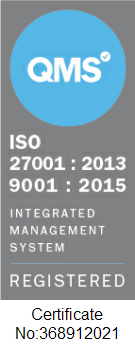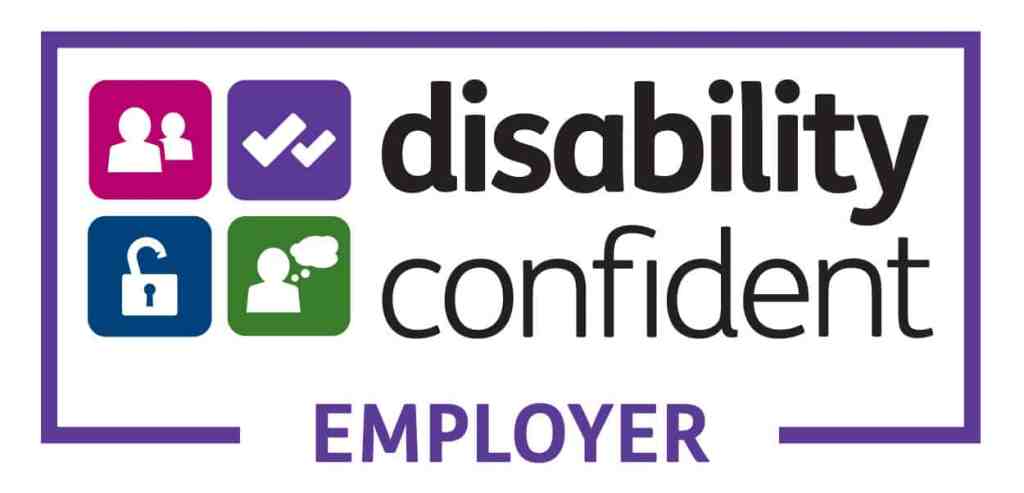Today, education is barely recognisable from the experience that our grandparents or even our parents would have enjoyed just a few short decades ago. In the space of a generation we’ve progressed from abacuses to AI, chalkboards to touchscreen tablets and trawling through textbooks to searching the internet in an instant.
Put simply, innovation has changed the face of education.
But these tools and technologies haven’t just changed the way we share information, they’ve changed how we process it, fundamentally altering the way we learn in the process.
How technology has changed the way we learn
Technology means that we live, communicate and relax in completely different ways. But we also think differently too. Indeed exposure to technology is changing our brains themselves, rewiring our very physiology on a cellular level. Affecting our attention, memory processes, and social interactions.
This evolution is particularly evident in so-called “digital natives,” the generation who have grown up immersed in technology and never known a world without high-speed internet or touchscreen computing.
You know, the kind of kids who look at a rotary phone like it’s from another planet.
Today’s learners are masters at navigating the digital landscape, sifting through huge quantities of data to rapidly determine the most relevant pieces of information. They excel at judging what is worth their attention and what isn’t – just look at how fast they navigate the endless streams of content available on platforms like TikTok. They are also phenomenal multitaskers, able to concurrently manage multiple tasks or simultaneously solve complex problems.
Technology has also changed the way that learners respond to certain stimuli. Studies have shown that gamification can actually help to fuel grey matter growth. At the same time, the pings, notifications and achievements that fuel social media use can also be harnessed to drive positive behaviour in education.
the people building the next generation of EdTech won’t be the people who actively use it. They’ll be from different eras, with different processes when it comes to engaging with technology.
Are traditional teaching methods obsolete?
While we’re evolving to embrace new technologies, the neural pathways that are responsible for the way we have traditionally learned are starting to atrophy. Researchers have found that the parts of our brains that are responsible for communication and traditional face-to-face human interaction are beginning to dwindle, especially in younger generations who are used to spending more time interacting on screens than in everyday life.
As well as changing the way we think, technology is also changing the way we store information. The ability to retain what we have learned has traditionally been a cornerstone of education.
But in a world where everything is stored digitally do we really need to memorise facts, figures and formulae when they’re available at the touch of a button?
This means that while it is undoubtedly changing the way we learn, technology is also changing the way we teach and need to teach in the future. Where they were once the sole keeps of information, educators are now embracing a new dynamic where students are encouraged to conduct their own research before engaging in healthy debate.
Far from a negative, these changes seem to be overwhelmingly positive. Indeed technology has been shown to improve student performance and increase interaction between teachers and students. The benefits of that improvement are already being experienced here in the UK, where government research has found that 88% of teachers believe technology has enhanced student performance.
What does the change in the way we learn mean for EdTech developers?
There’s no doubt that technology is having a profound impact on education.
Thanks to EdTech today’s learners are not just a passive audience who sit and take notes as educators impart information. Instead, they are active participants, able to balance concurrent tasks and independently source and qualify information by themselves.
Collaboration is also key. The new generation of digital native learners are active members of digital communities, comfortable working with their peers and developing relationships in order to complete a common goal.
These are just some of the ways that advancements in technology have changed the way we learn. Now developers must change too. In order to create the next generation of educational tools, we must first understand how previous iterations have impacted the way we learn.
We need to understand our users more than ever
If we’re going to build solutions that add genuine value it’s more important than ever for developers to understand the people who will use them. After all, the people building the next generation of EdTech won’t be the people who actively use it. They’ll be from different eras, with different processes when it comes to engaging with technology. That’s why user research and testing is so important. It’s only through this knowledge that we can succeed in our mission to build better learning environments and deliver exceptional educational experiences.
That’s why at Nimble, we’re so focused on working closely with educators and learners. After all, how can we possibly create solutions that improve their lives if we don’t take the time to understand how their lives and brains have been affected by technology in the first place?
Create education technology greater than you thought possible.
If you’d like to learn more, or are interested to know if we can help you, get in touch.
















